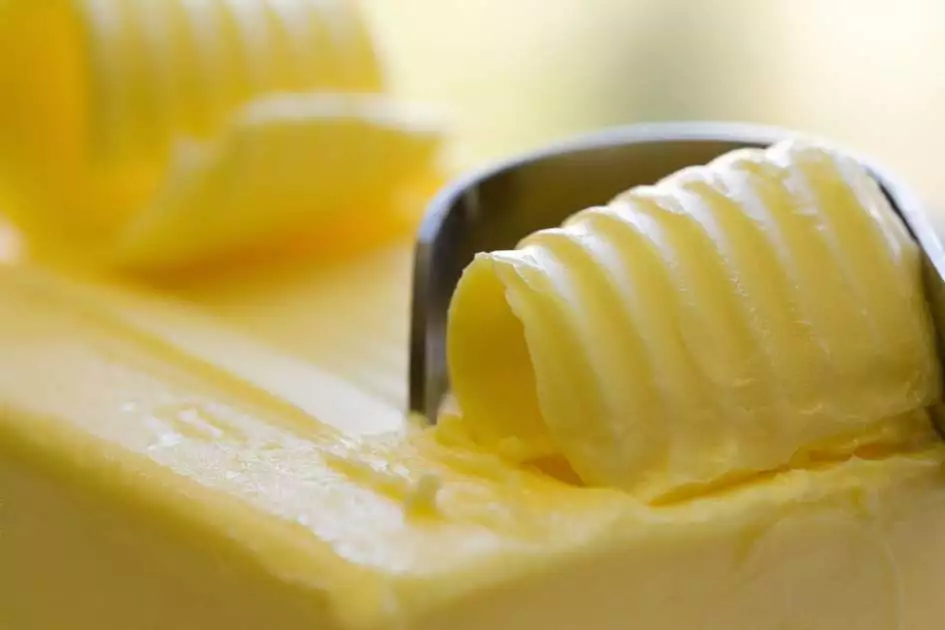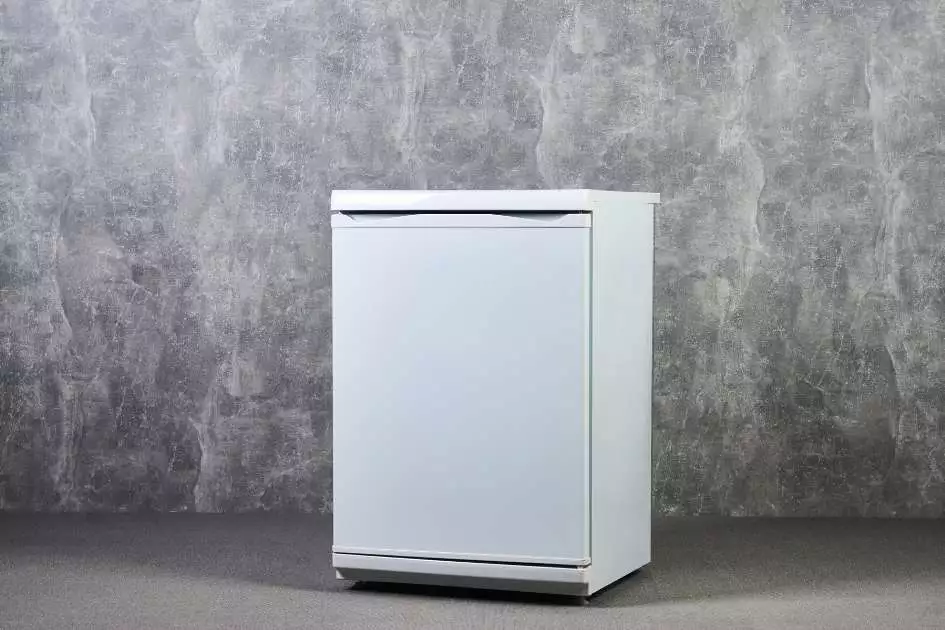Butter is a staple of many people's diets. Whether you are cooking with it or slathering it onto toast, butter can be used in so many ways. But sometimes, the stick of butter that you have sitting on your countertop has gone rock-solid because you forgot about it for too long! You might think that there is no way to soften it up again, but luckily there are 5 easy ways to do just that!
Why Softened Butter?
First, you might be wondering why you should bother with softened butter. After all, you could just use a cheese grater and grate it back down to its original creamy state. But for most people who like using softened butter in their cooking or baking, this isn't really an option because if you do that then your finished product is going to end up tasting more like cheesy toast than the delicious item that you were trying to make.
So let's look at some of the other options you have for softening butter quickly without having to grate it back into its original form.
The Microwave Method
You might be thinking that microwaving your hard stick of butter would just melt it, which is true but once melted there are still crystals in the mixture so you won't be able to use it in your baking or cooking. Instead, the trick is to melt and cool off a portion of the butter around the outside so that you can scoop out just what you need.
To do this, microwave about half an inch of water in a microwavable container (like a coffee mug) for one minute. Then, place the stick of butter into it and put a lid on top. The water will help to keep the steam in so that your butter softens faster without getting too soggy or melting completely.
Take off the lid after one minute and you'll see that your softened butter is now ready for use! Just be careful not to burn yourself from all of this super-heated steam coming out from under the mug's lid!
The Oven Method
If you want an even quicker way than using a microwave, then try putting your hard stick of butter directly onto an oven rack (on its side) at 275 degrees Fahrenheit (135 Celsius). It should take about five minutes until it has softened up enough for baking purposes.
The Water Bowl Method
If you don't have access to a microwave or oven, then there is another option for you. You can place the hard stick of butter into some warm water and it should take about five to ten minutes until it has softened up enough to use in your baking or cooking applications. This method isn't quite as fast but works just fine if no other options are available!
Kitchen Countertop Method
Next, you can just leave your stick of butter out on the kitchen countertop. It will usually take about 30 minutes for it to soften up enough to use but this method is better than leaving it completely hard which would be unworkable no matter what! Just keep an eye on it so that you don't forget about it and accidentally let it sit there overnight since then its rock-hard state might even get worse instead of softer!
Shredding It The Old-Fashioned Way
Finally, you can use an old-fashioned method for softening butter. Just take out your cheese grater and grate away! This is the only time that this option will be useful though because if you do it too much then you'll end up with a clump of cheesy toast instead of creamy smooth butter-like what we're trying to achieve here today. And nobody wants that! So just remember not to grate your hard stick of butter more than five times or so throughout its entire lifespan since otherwise, things might get worse instead of better.

FAQ
What if my butter is rock-hard frozen?
If your stick of butter arrives to you already frozen then here's what I recommend. Place it in the fridge overnight and let the cold do its job since this should be enough time for it to thaw out so that softening it up will become much easier than ever before! If even after an entire night has passed by, though, and your hard stick of butter still doesn't seem at all softer or workable then just try using one of these other methods instead because they should prove more effective than leaving something unworkable alone until eventually thawing out naturally over time. What about other kinds of softened butters like salted versus unsalted ones? This method works for any kind of butter, including salted or unsalted ones. You should follow this routine regardless since it will work for either one and result in the exact same results!
How do I store my softened butter once it has been achieved?
Once your stick of butter is just how you want it, be sure to leave the lid off so that any excess moisture can evaporate. This will help prevent mold from growing and give your softened-up hard stick of butter a much longer shelf life!
What about keeping my softened or melted butter in the refrigerator?
You should definitely not use this method for melting down your whole stick of salted or unsalted butter at one time and then storing what's left over in some kind of air-tight container (like Tupperware) inside the fridge afterwards because you'll probably end up with an entirely different texture which might make baking more difficult than ever before since butter is usually worked into dough and batters at room temperature. So just remember not to melt down your entire stick of butter and keep the rest in a container for later use because it will be far too soft or melted if you do so!
How about spreading softened butter on toast?
Once again, just follow this same routine but grate away with a cheese grater. You can even spread some jam or marmalade on top of your toast before applying the softened butter to make things even tastier!
Final Thoughts
So now that we've learned five different ways that you can easily soften a rock-solid block of butter quickly without having to grate or melt anything, go ahead and try one (or more) of them next time your bread needs some fresh-baked goodness on top or if you want some melted deliciousness to drizzle on top of your vegetables so that they taste better than ever before!


